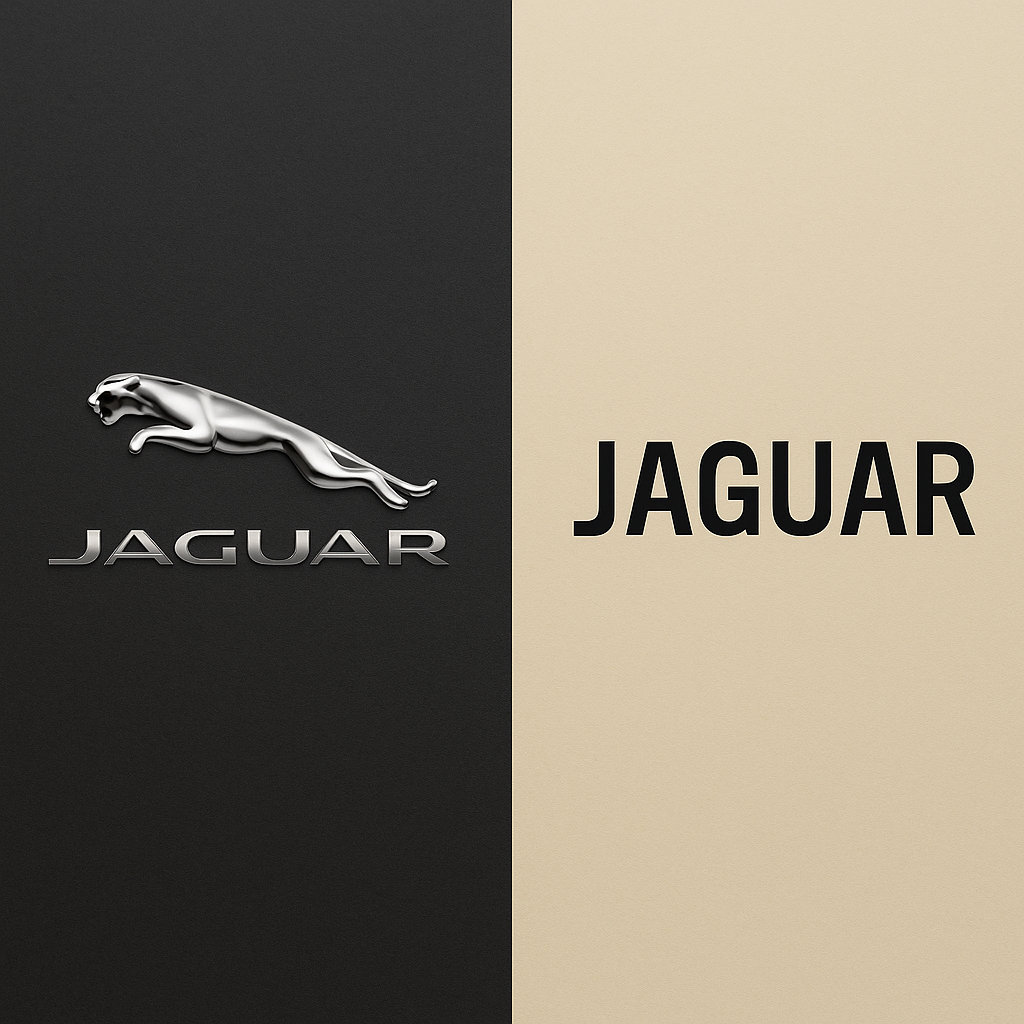Jaguar is reportedly seeking a new advertising agency after its 2024 rebrand campaign faced significant backlash. The campaign, which aimed to reposition the brand for a younger, affluent audience, was met with criticism for straying too far from Jaguar’s traditional image.
Jaguar’s decision to launch a global advertising agency review just months after unveiling a bold new brand identity speaks volumes about how quickly marketing missteps can unravel. What was intended as a provocative reinvention of a storied automotive marque has instead prompted criticism, confusion, and internal course correction.
At the heart of the issue is a fundamental misreading of audience expectations and the risks that come with abandoning a brand’s core narrative.
In late 2024, Jaguar launched its “Copy Nothing” campaign as part of a sweeping rebrand, designed to reposition the company ahead of its transition to a fully electric lineup. The rebrand removed the iconic leaping cat logo and replaced it with a stark wordmark. The accompanying campaign featured high-concept visuals but curiously, no cars. The creative leaned heavily on abstraction, art direction and aspirational aesthetics, positioning Jaguar as a lifestyle brand rather than a car manufacturer.
The reaction was immediate and largely unfavourable. Critics questioned how a luxury car company could run a multimillion-pound campaign with no visual reference to its product. Commentators described the work as “bonkers,” “over-intellectualised,” and “disconnected.” Business Insider described it as either “a genius disruption or a catastrophic misfire,” depending on one’s marketing philosophy.
On social media, the backlash was sharper. Some accused the brand of going “woke”; others simply called it unrecognisable. Jaguar CEO Rawdon Glover defended the campaign, calling it bold and long-term in vision, but acknowledged it had drawn “vile hatred” in some corners of the internet.
Behind the furore was a deeper issue: brand identity. For decades, Jaguar has stood as a symbol of British engineering elegance — sleek, powerful, and unmistakably automotive. It has always been a niche player in the luxury segment, competing with the likes of BMW, Mercedes-Benz and Audi, but differentiated by style and heritage. The “Copy Nothing” campaign sought to disrupt that legacy, shifting from craftsmanship and performance to attitude and ambiguity. In doing so, it left many long-standing customers behind, while failing to build meaningful connection with new ones.
Branding experts have noted that reinvention is often necessary, especially in a sector undergoing radical transformation towards electrification. However, it must be grounded in continuity. A brand like Jaguar has cultural and emotional equity that cannot simply be reset. Instead of “copying nothing,” the campaign gave the impression of referencing nothing — neither the vehicles nor the values that made the marque aspirational in the first place.
This isn’t the first time Jaguar has grappled with identity issues. Since the Ford divestment and the subsequent integration into Tata Motors’ JLR division, it has struggled to clarify its position in a rapidly evolving premium market. While Land Rover has maintained coherence in its brand evolution, Jaguar has veered between reinvention attempts, each with mixed results.
Internally, the agency review now underway is being framed as part of a wider global creative realignment, but it’s clear that the recent backlash has triggered it. Accenture Song, which had been appointed to the account in 2021, is expected to re-pitch, though the search suggests Jaguar may seek a partner more attuned to both legacy and innovation.
There is also a strategic backdrop to this recalibration. Jaguar is preparing to relaunch itself as an electric-only marque by 2025. The campaign misstep is therefore particularly ill-timed, with brand credibility and consumer trust paramount in navigating such a shift. The challenge now will be to restore a sense of identity that is forward-looking yet recognisably Jaguar.
As the automotive sector leans increasingly into branding as a differentiator — especially in the electric era, where design and software may become more defining than engines or drivetrains — the Jaguar case offers a cautionary tale. Boldness alone isn’t enough. For heritage brands, authenticity matters. A new look is only effective if it can still be recognised in the rear-view mirror.


